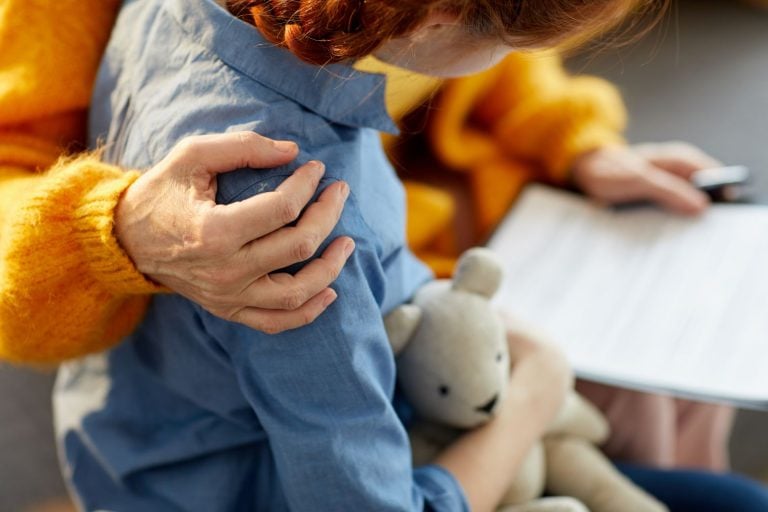
How Do Eating Disorders Change Between Cultures?
When we think of eating disorders, we usually associate them with Western perceptions of an ‘ideal’ body. For a feminine body, Western ideals typically promote

When we think of eating disorders, we usually associate them with Western perceptions of an ‘ideal’ body. For a feminine body, Western ideals typically promote

Adehonia – the loss or reduced ability to experience pleasure – can affect young people for a variety of reasons. It may be precipitated by loss or grief, times of stress, or other distressing situations.

When young people are living with unprocessed trauma, it can affect every part of their self. Young people have described feeling like everything is dark,

While eating disorders and social anxiety can be debilitating for young people, the good news is that both disorders are treatable. With the right support, teenagers and adolescents can manage and recover from difficult symptoms and lead fulfilling lives.

ender norms are a society’s ideas and expectations about how people of different genders should act and relate to each other. In most communities, gender norms help to maintain a system of hierarchy where what is seen as male and masculine is given power and privilege while females and other gender identities are marginalised.

Dialectical behavioural therapy (DBT) is a type of cognitive behavioural therapy that teaches young people to accept their emotions while changing unhelpful ways of behaving or thinking. This blog offers some information on how DBT works, which conditions it can treat, and how it can support young people to build brighter futures.

In the past few years, swimming has emerged as a promising treatment for both children and adults with ADHD. Swimming may help young people to improve their cognitive skills, behaviour, academic performance, and mental health. Swimming sessions also leave space for creative thought and free practice without recurring exercises, offering an interesting and engaging experience for young people.

Hallucinations and delusions are some of the lesser-known – and less often discussed – symptoms of BPD. While research shows that these experiences are common among young people with the disorder, conversations and awareness about the connection are still lacking. In assessments and treatment, they are also often overlooked.

Adolescents and young adults who experience frequent nightmares may be living with a nightmare disorder. Nightmare disorders have a big impact on a young person’s daily life: they may cause disruptions to their sleep, daily distress, insomnia, and symptoms of anxiety or depression.
Have any questions or want to get started with the admissions process? Contact our friendly care team – they’ll be happy to answer any questions or concerns you might have and will walk you through how to prepare for your child’s stay at The Wave.











Have any questions or want to get started with the admissions process? Fill in the form below and we’ll get back to you as soon as possible.